The basic mechanism is to have a function that create the window (or causes it to be visible), waits for it to be destroyed (using wait_window), fetches the value from the window, and then returns the value. You'll want to use a StringVar or something similar which doesn't get destroyed along with the window.
Here's an example of a dialog that asks you to type in a string. You can dismiss the dialog by pressing the return key, clicking on the "OK" button, or killing the window with the window manager button. When you dismiss the dialog, the string will be displayed in the main window.
import Tkinter as tk
class CustomDialog(tk.Toplevel):
def __init__(self, parent, prompt):
tk.Toplevel.__init__(self, parent)
self.var = tk.StringVar()
self.label = tk.Label(self, text=prompt)
self.entry = tk.Entry(self, textvariable=self.var)
self.ok_button = tk.Button(self, text="OK", command=self.on_ok)
self.label.pack(side="top", fill="x")
self.entry.pack(side="top", fill="x")
self.ok_button.pack(side="right")
self.entry.bind("<Return>", self.on_ok)
def on_ok(self, event=None):
self.destroy()
def show(self):
self.wm_deiconify()
self.entry.focus_force()
self.wait_window()
return self.var.get()
class Example(tk.Frame):
def __init__(self, parent):
tk.Frame.__init__(self, parent)
self.button = tk.Button(self, text="Get Input", command=self.on_button)
self.label = tk.Label(self, text="", width=20)
self.button.pack(padx=8, pady=8)
self.label.pack(side="bottom", fill="both", expand=True)
def on_button(self):
string = CustomDialog(self, "Enter something:").show()
self.label.configure(text="You entered:\n" + string)
if __name__ == "__main__":
root = tk.Tk()
root.wm_geometry("400x200")
Example(root).pack(fill="both", expand=True)
root.mainloop()
Screenshots:



